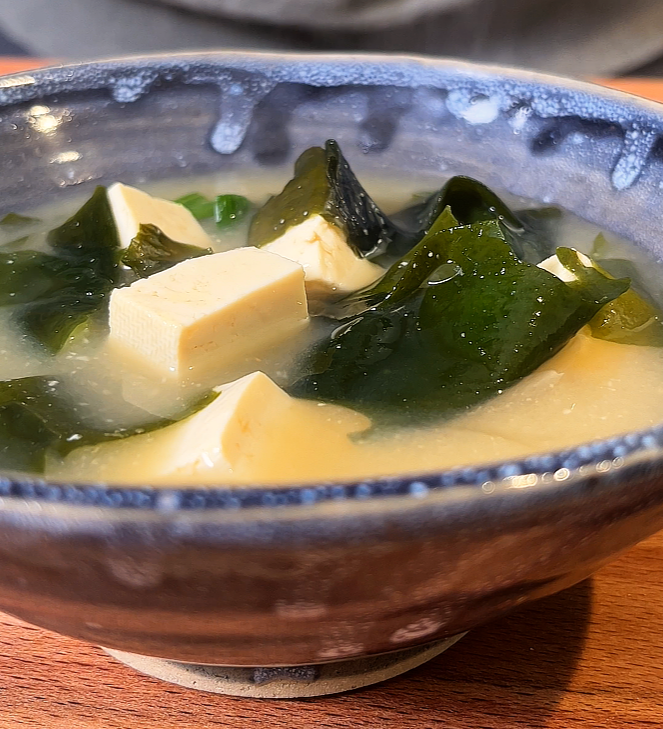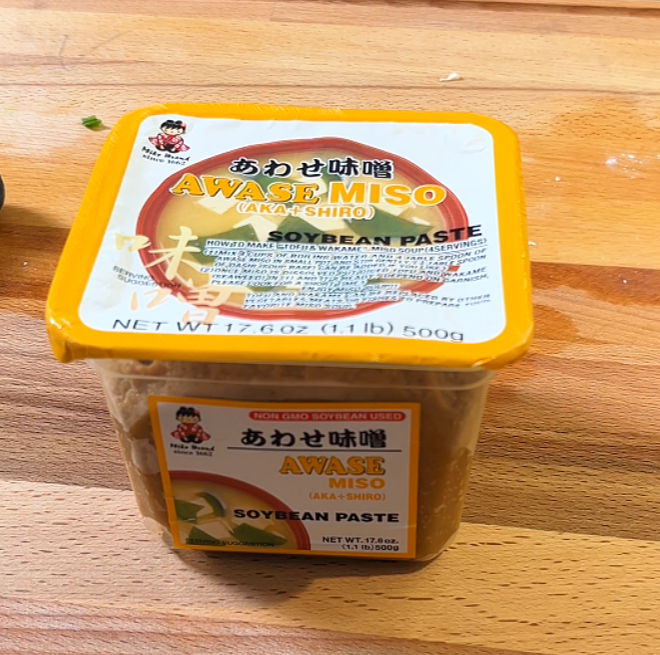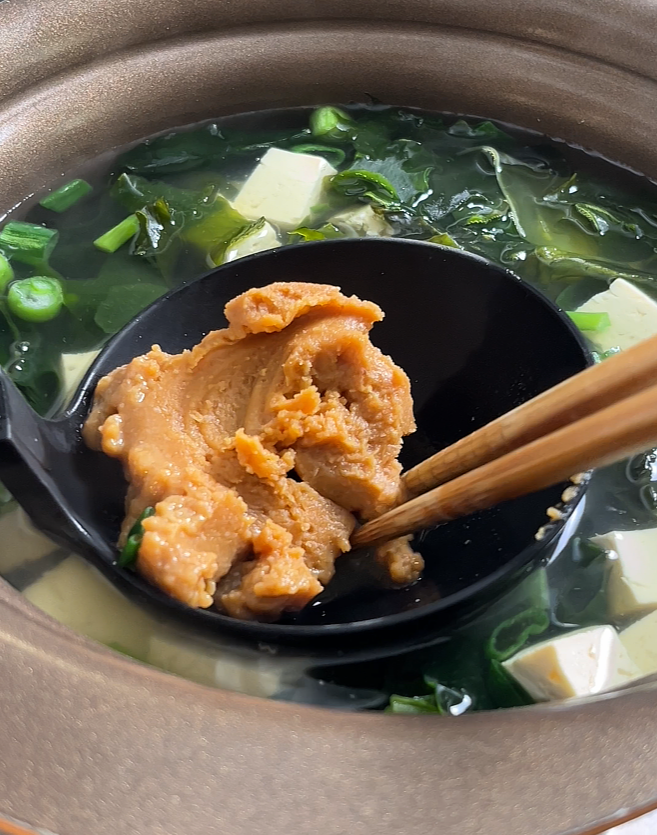Homemade Miso Soup
Miso soup is one of those dishes that instantly brings comfort—it’s warm, savory, and soothing in the simplest way. The best part? You don’t need to be a chef or make a trip to your favorite Japanese restaurant to enjoy it. PLUS my local sushi restaurant started charging for miso soup so I knew I had to make it at home! With just a few ingredients, you can whip up a bowl of homemade miso soup that’s fresher, more flavorful, and much more customizable than anything you’d find in an instant packet. You get to make it exactly the way you like: more tofu for extra heartiness, a lighter or richer broth, or (like me) a generous handful of seaweed, because I can never get enough. Once you try making it yourself, you’ll wonder why you didn’t start sooner—it’s quick, easy, and endlessly comforting!
Heads up: This post contains affiliate links. That means I may earn a small commission if you buy through them — at no extra cost to you. Thanks for supporting Drew Eats!

Types of Miso: which one should I use?
Not all miso is the same! There are a few main types, each with its own flavor profile. White miso (shiro miso) is mild, slightly sweet, and perfect for a lighter soup. Red miso (aka miso) has a deeper, saltier, and more robust taste that makes a heartier bowl. There’s also mixed miso (awase miso), which blends the two for a balanced flavor. Try experimenting to see which one suits your taste best! I prefer awase miso since it is a good middle ground of the different types, hence more versatile.

Why You Should Add Miso at the End
One of the most important things to know about making miso soup is when to add the miso paste. If you stir it in while the pot is boiling, the high heat will destroy many of the beneficial probiotics and also dull the delicate, savory flavor. The best method is to turn off the heat first, place miso in a ladle, then gentle whisk into the broth. Use a ladle like this one that has a deep and over-sized head to maximize your efficiency! This way, you keep all the goodness intact and your soup tastes brighter and more complex.

Ingredients
4 tbsp Miso
4 cups Water
4 tsp Dashi powder
200 g Tofu (soft, silken ideally, about ½ pack)
1 tbsp Dried wakame seaweed (2 tbsp if you love seaweed)
1 Green onion, sliced
Step by step instructions
1. Cut the tofu
Gently slice tofu into bite-sized cubes. If using silken tofu, handle carefully so it doesn’t break up. Cut green onions as well, set aside.
2. Prepare the broth
Add water and dashi powder to a medium pot. Warm over medium heat until the dashi is dissolved. Let it simmer lightly for a few minutes to develop flavor, then reduce heat to low.
3. Add dried seaweed/wakame
Measure and add dried seaweed directly into the pot. Be precise when measuring as it expands significantly in volume once rehydrated.
4. Warm the tofu in the broth
Add the tofu cubes and warm them through. Keep the heat gentle — just warming, not boiling. Add green onions.
5. Turn off the heat and dissolve the miso
Turn off the heat completely. Put miso in a ladle, add a little hot broth, and whisk until smooth. Stir the miso slurry back into the pot.
6. Serve immediately
Ladle the soup into bowls and enjoy warm. Miso soup is best fresh — the texture and brightness are at their peak right after making it.
Homemade Miso Soup
Ingredients
- 4 tbsp Miso
- 4 cups Water
- 4 tsp Dashi powder
- 200 g Tofu (about 1/2 pack)
- 1-2 tbsp Dried wakame seaweed
- 1 Green onion, sliced
Instructions
- Cut the tofu: Gently slice tofu into bite-sized cubes. If using silken tofu, handle carefully so it doesn’t break up. Cut green onions as well, set aside.
- Prepare the broth: Add water and dashi powder to a medium pot. Warm over medium heat until the dashi is dissolved. Let it simmer lightly for a few minutes to develop flavor, then reduce heat to low.
- Add dried seaweed/wakame: Measure and add dried seaweed directly into the pot. Be precise when measuring as it expands significantly in volume once rehydrated.
- Warm the tofu in the broth: Add the tofu cubes and warm them through. Keep the heat gentle — just warming, not boiling. Add green onions.
- Turn off the heat and dissolve the miso: Turn off the heat completely. Put miso in a ladle, add a little hot broth, and whisk until smooth. Stir the miso slurry back into the pot.
- Serve immediately: Ladle the soup into bowls and enjoy warm. Miso soup is best fresh — the texture and brightness are at their peak right after making it.

